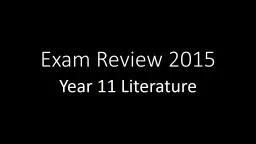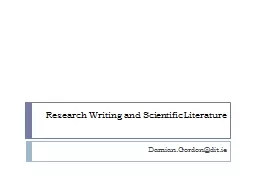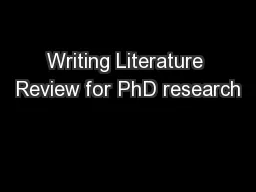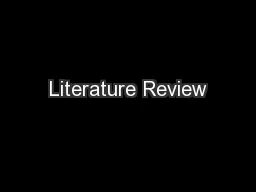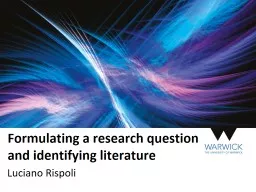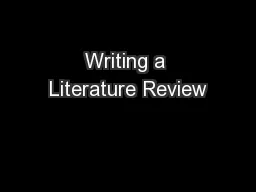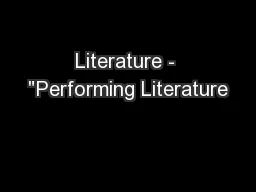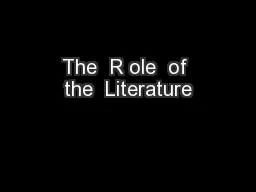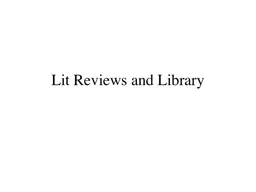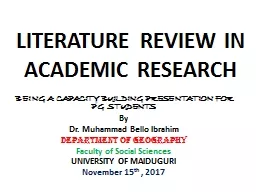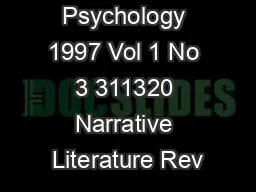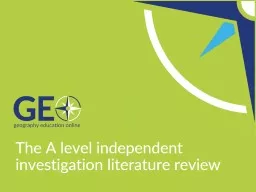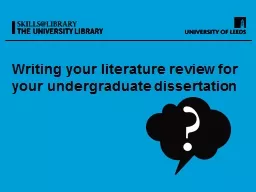PPT-Exam Review 2015 Year 11 Literature
Author : faustina-dinatale | Published Date : 2018-11-03
Plays Hamlet William Shakespeare General Information Hamlet is the first of Shakespeares four great tragedies written around 1600 The plot of Hamlet is that
Presentation Embed Code
Download Presentation
Download Presentation The PPT/PDF document "Exam Review 2015 Year 11 Literature" is the property of its rightful owner. Permission is granted to download and print the materials on this website for personal, non-commercial use only, and to display it on your personal computer provided you do not modify the materials and that you retain all copyright notices contained in the materials. By downloading content from our website, you accept the terms of this agreement.
Exam Review 2015 Year 11 Literature: Transcript
Download Rules Of Document
"Exam Review 2015 Year 11 Literature"The content belongs to its owner. You may download and print it for personal use, without modification, and keep all copyright notices. By downloading, you agree to these terms.
Related Documents

